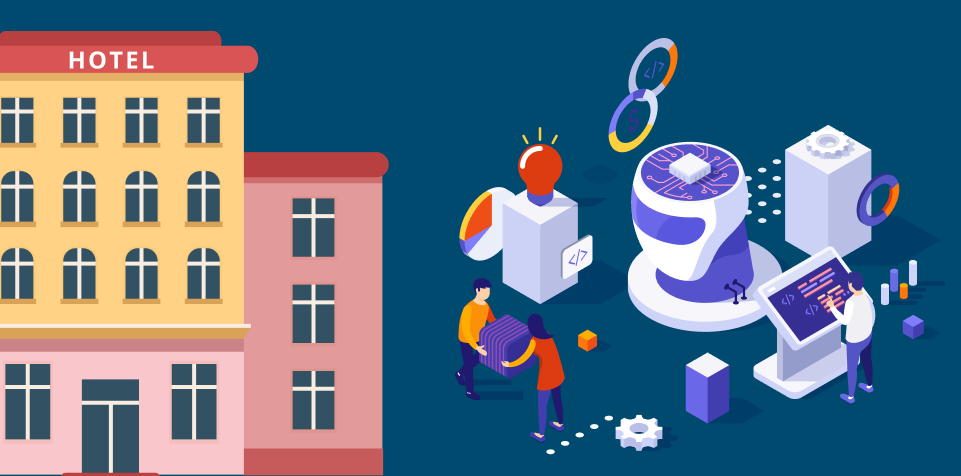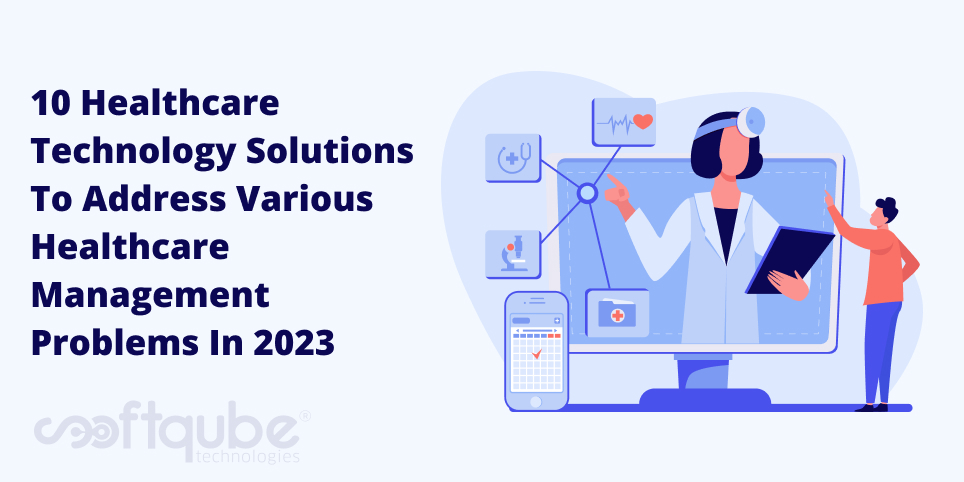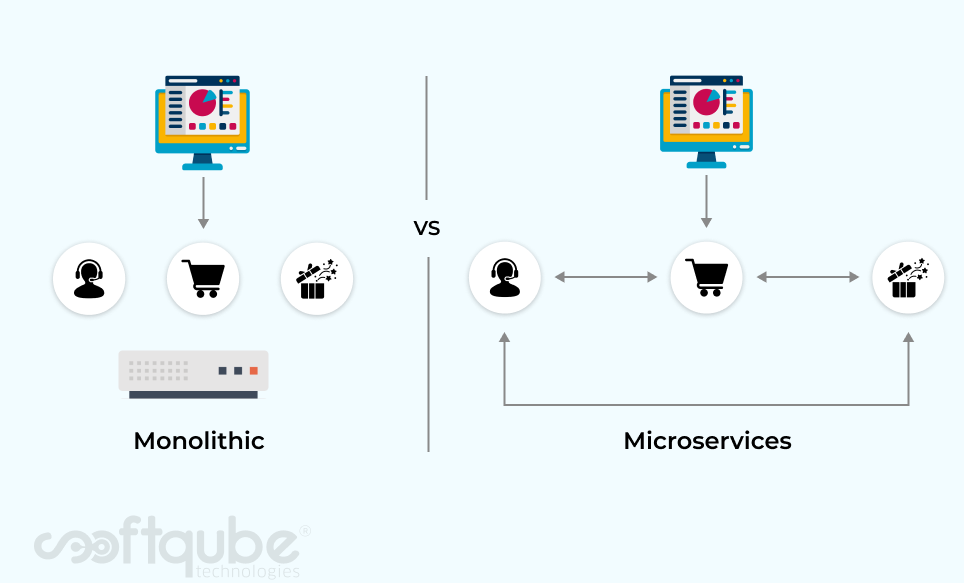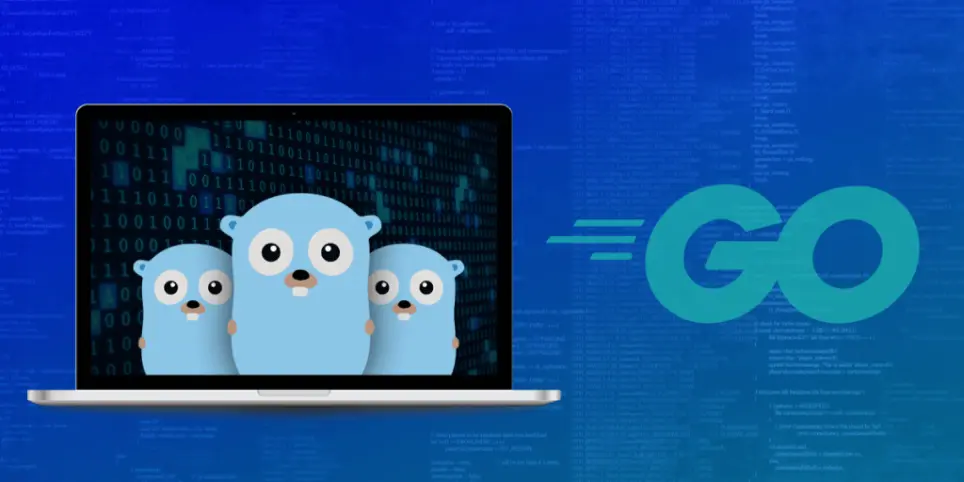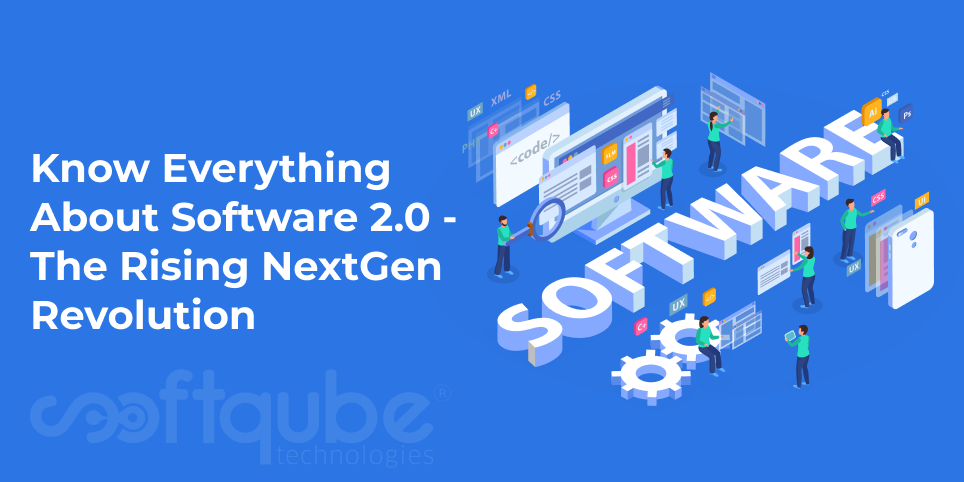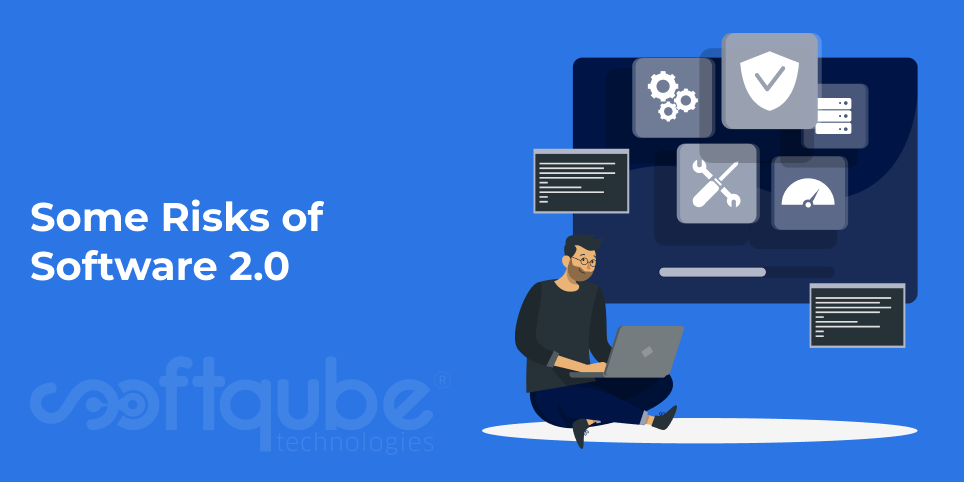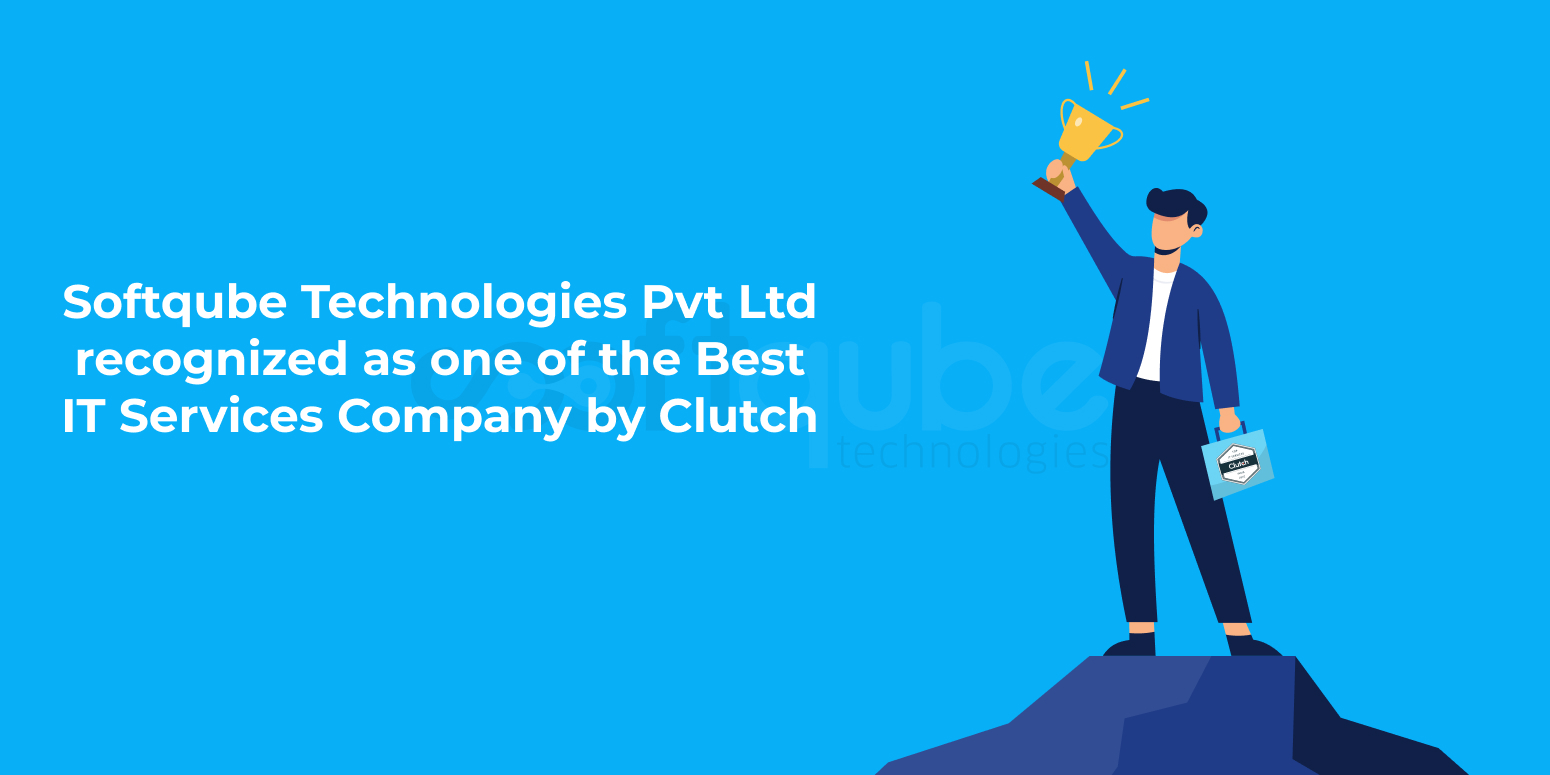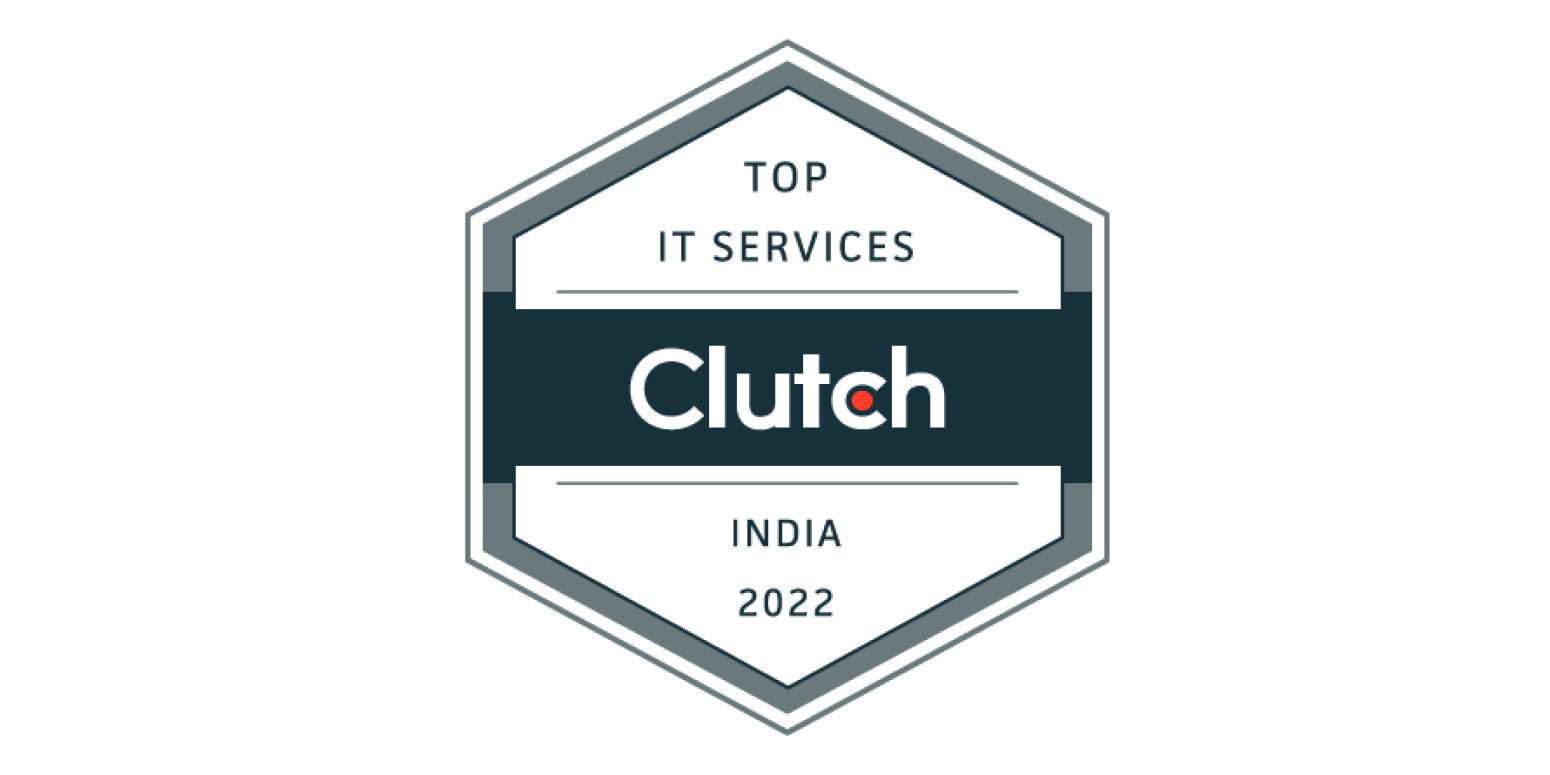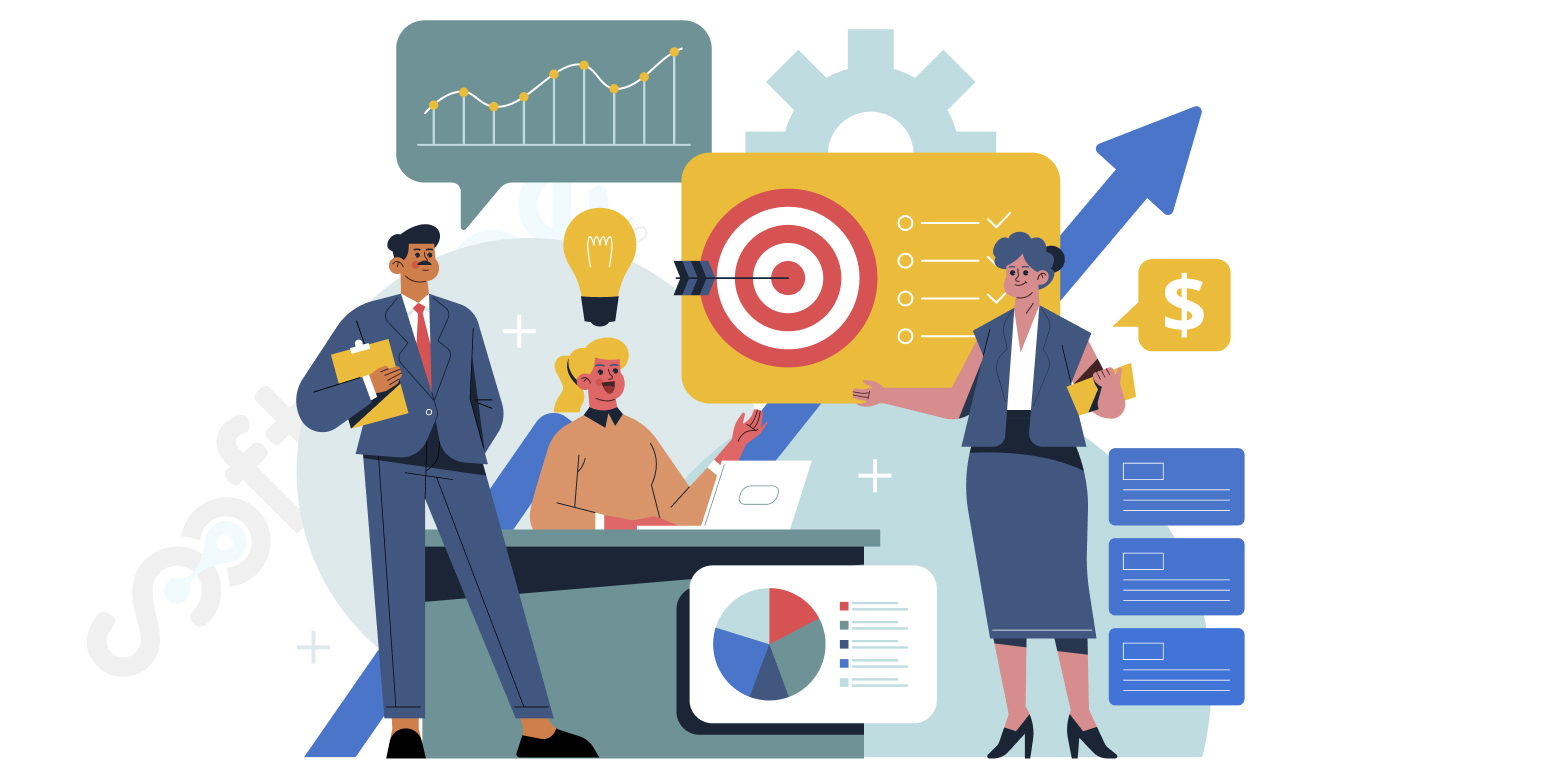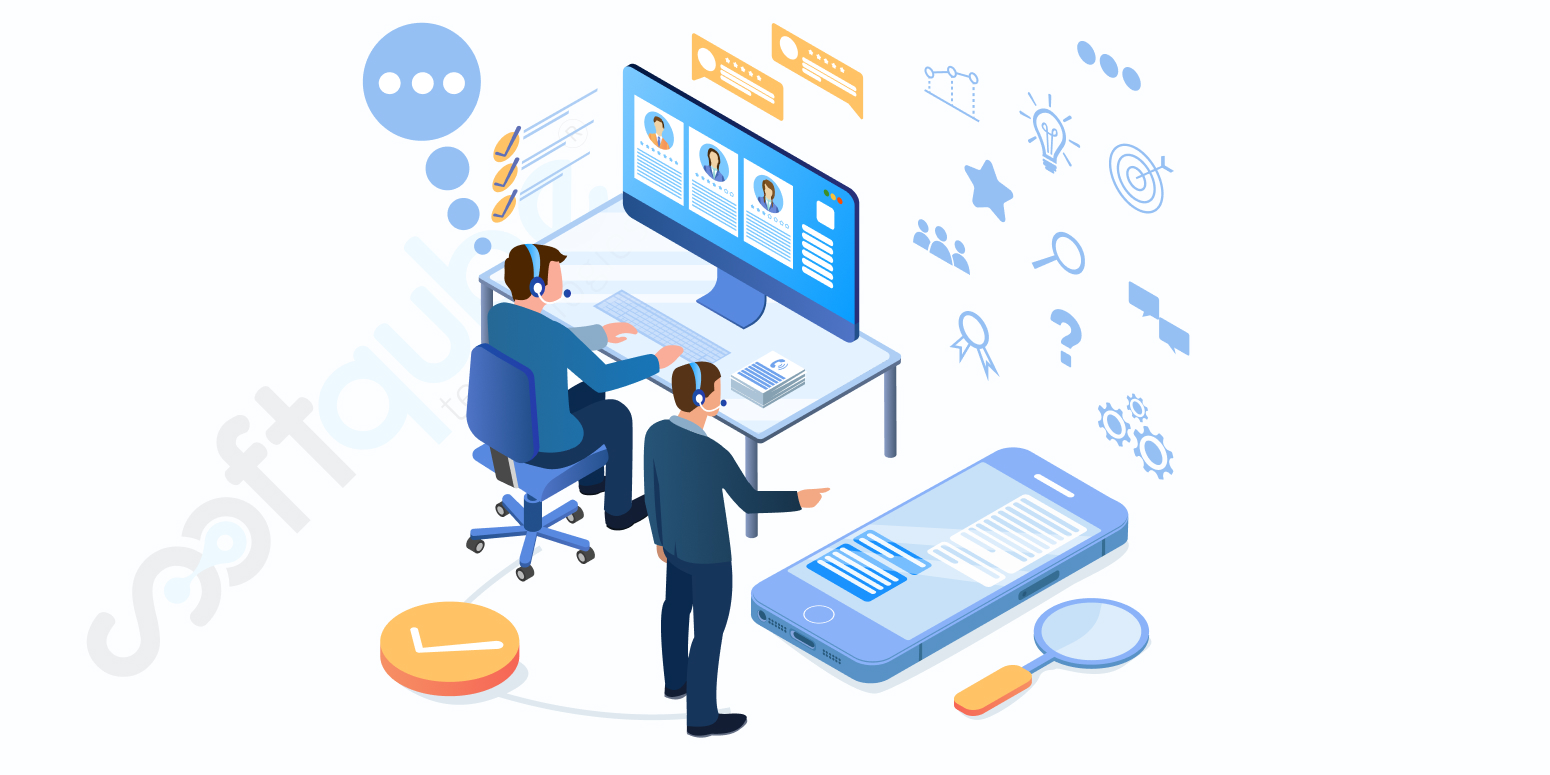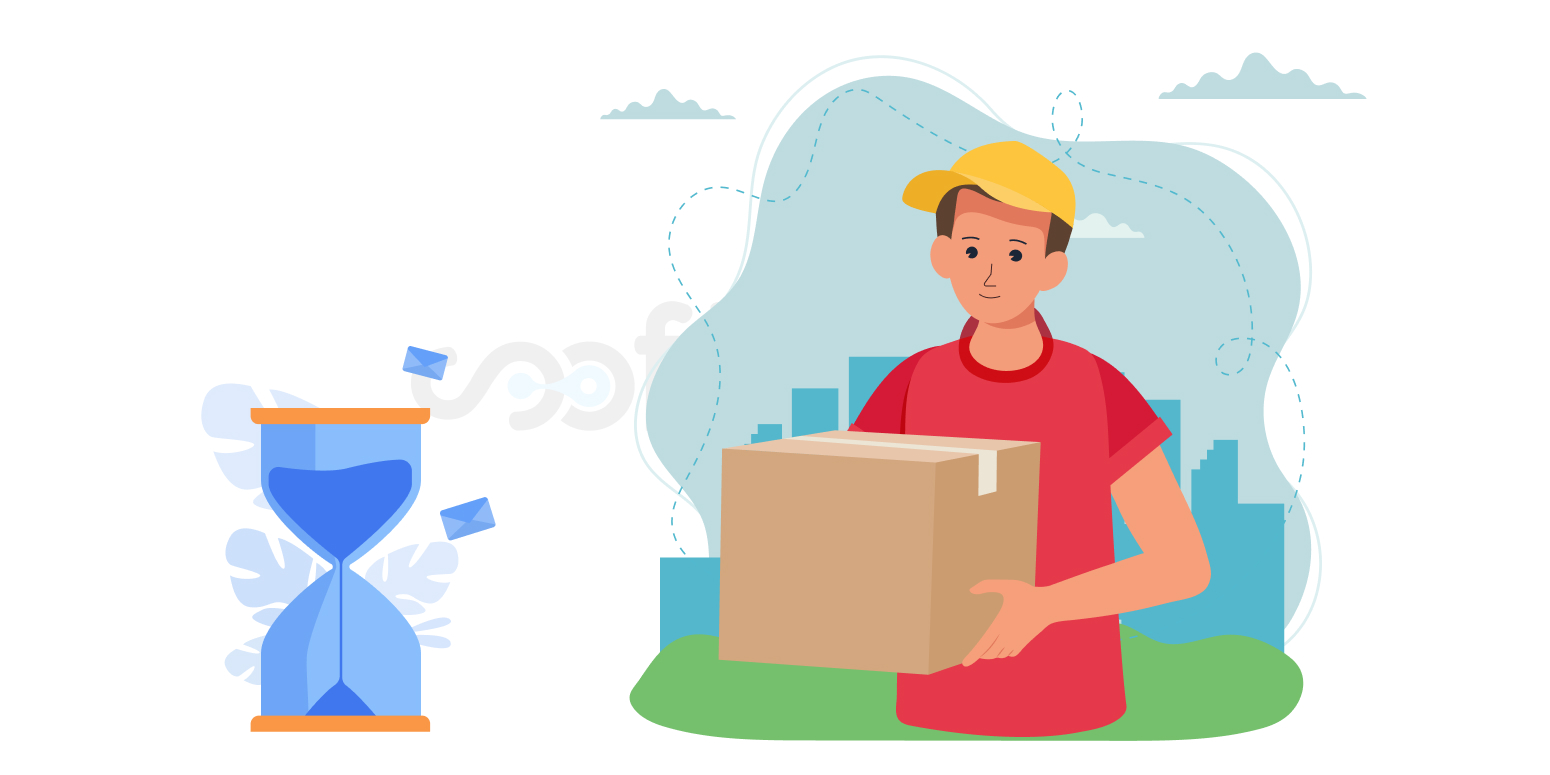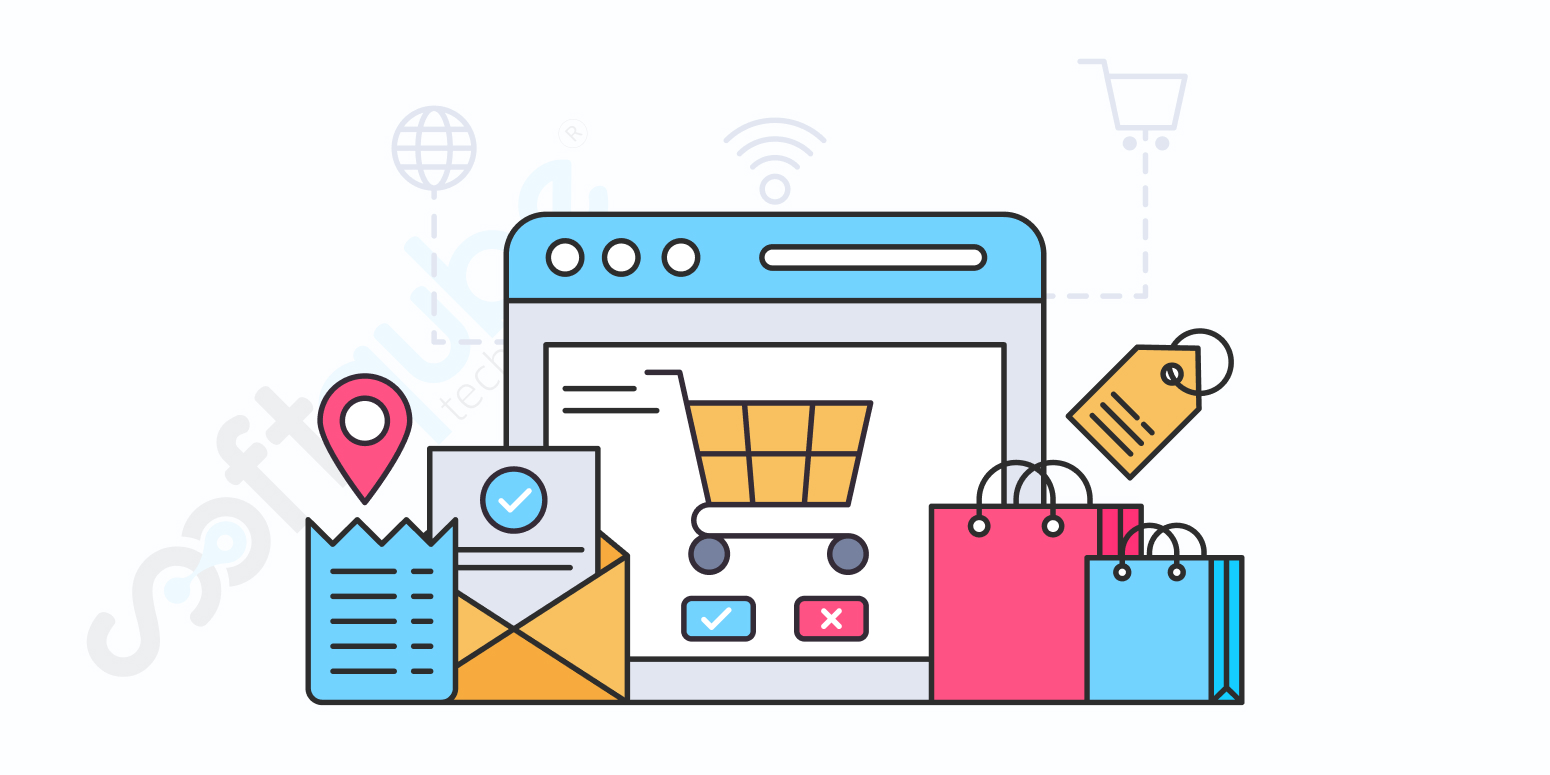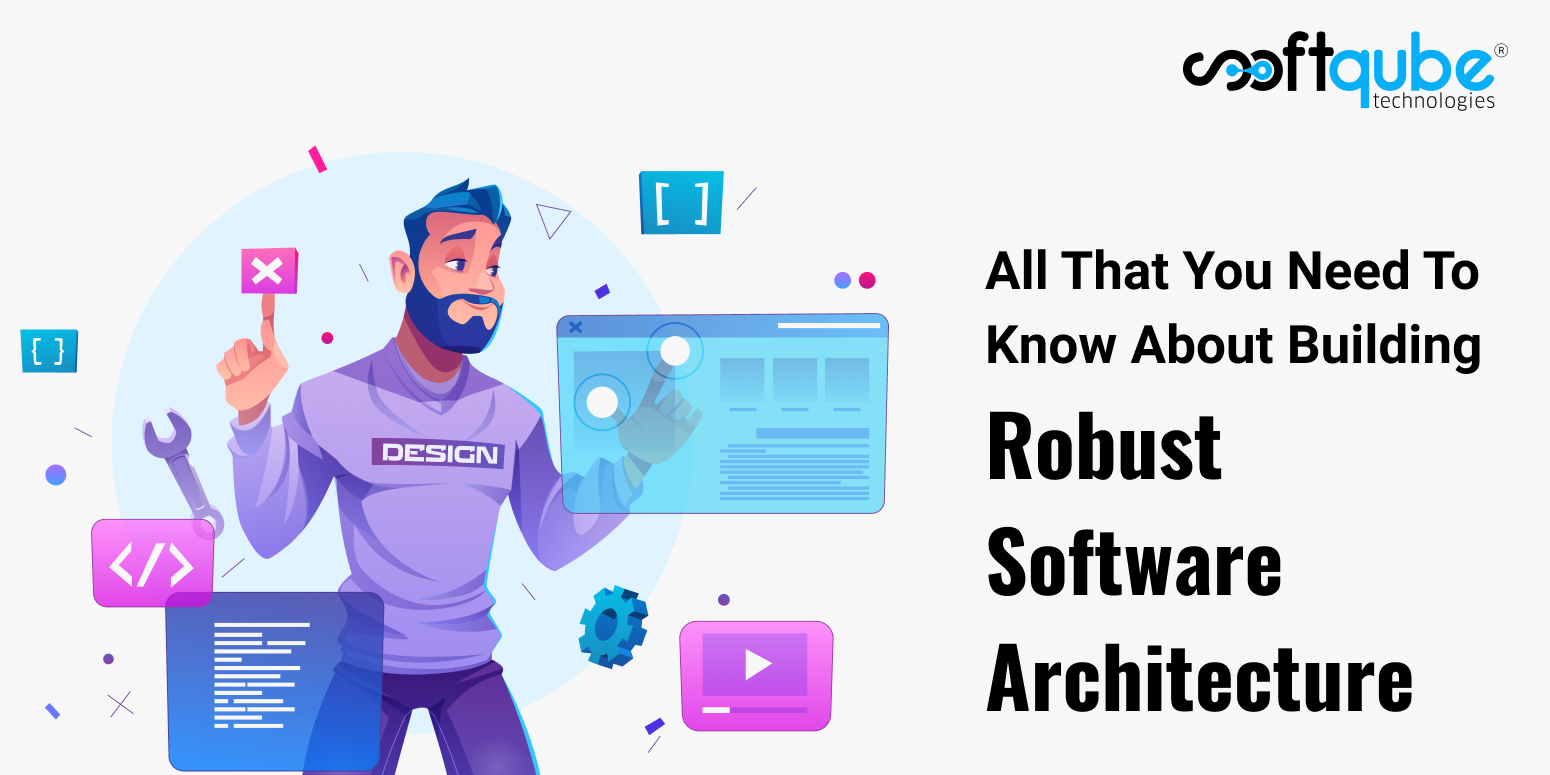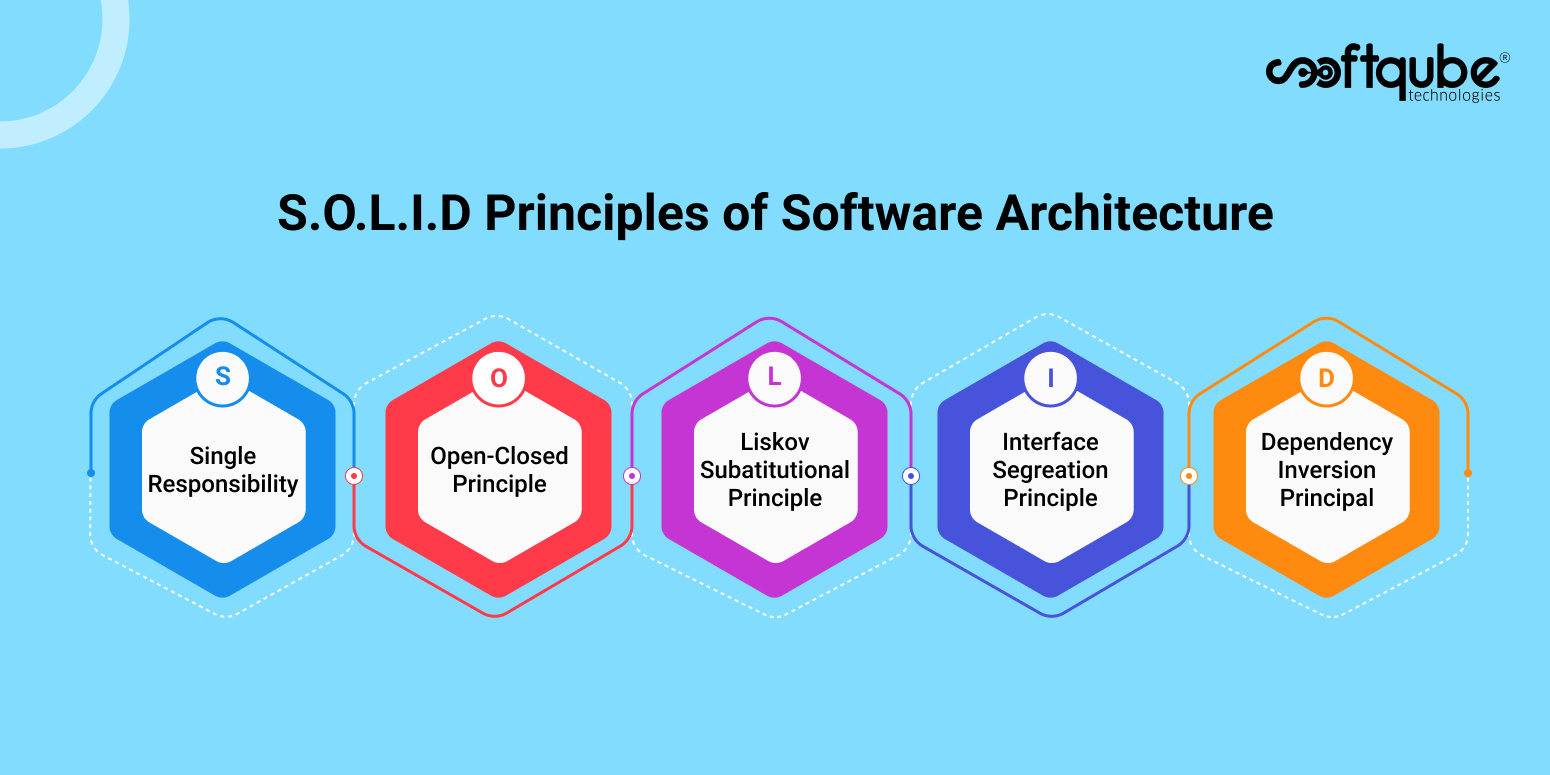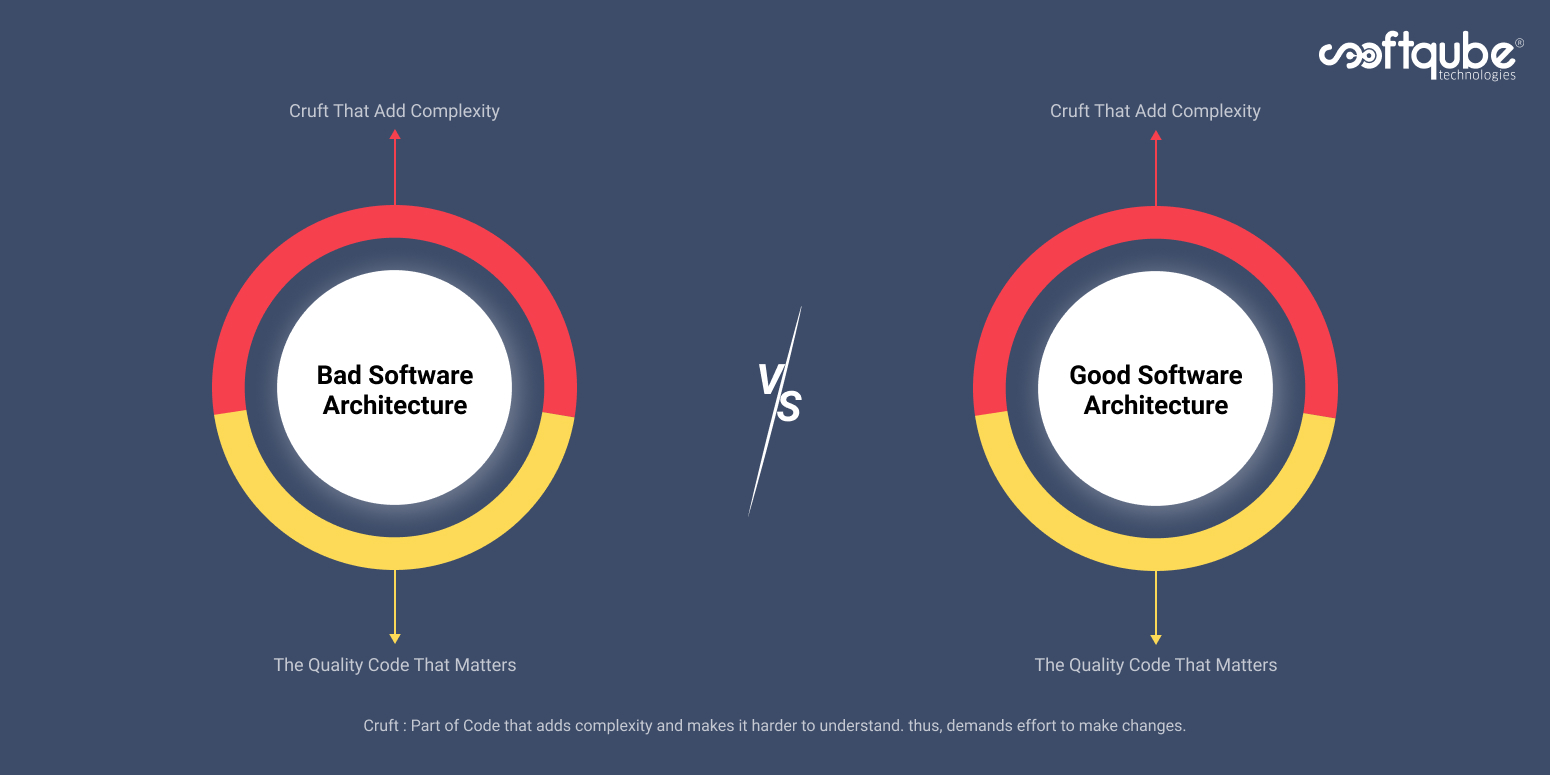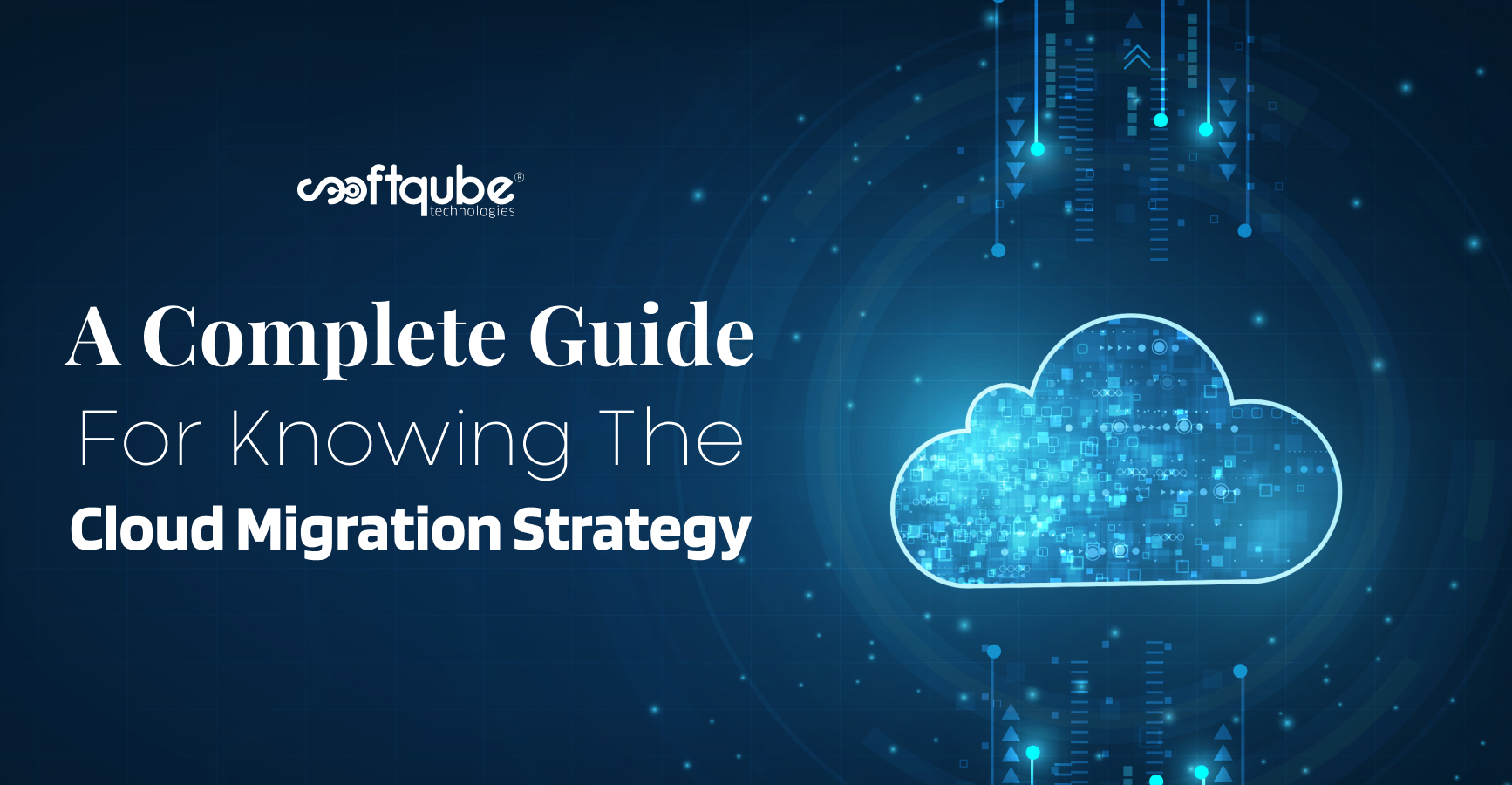Monolithic v/s Microservices architecture has become a hot topic for debate, especially after Netflix became the first-ever company to migrate from a monolithic to a cloud-based microservice architecture. To be specific, this topic came into the limelight after Netflix won the JAX Special Jury Award in 2015.
Monolithic or Microservices architecture, which suits your organization the best? This depends on many factors. So, if your conference room also is filled with counter arguments on which is superior to the other, this blog may help you come to a conclusion.
Before that, let us deeply understand each aspect of the Monolithic and Microservices architectures, and then have a final showdown to help you make the right choice. To start with,

What Is Monolithic Architecture?
Monolithic architecture is the development of an application on a single code base with a unilateral code. The single codebase incorporates all the required functionalities of the defined project to fulfill the business requirements. Developers design the application in different layers and deploy the code in a single war/jar file.
Monolithic architecture is a traditional software application design model, developed as a unified unit, independent of other applications.
Developers construct a monolith in three parts client-side UI, server-side app, and database. In the early stage of project development, tasks like cognitive overhead, code management, and deployment become extremely easy with monolith architecture.
What Are The Benefits Of Monolith Architecture:
Easy & Speedy Development:
While considering app development with monolith architecture, a unified codebase and simple structure make the development process fast and easy.
Easy Deployment:
Developers can deploy the entire codebase in a single war/jar file. Hence, monolith apps can be deployed easily.
Simple Testing:
Monolith apps are centralized and built on a unified codebase. So, end-to-end testing is simple and quick.
Easy Debugging:
In a centralized and self-contained app architecture, where all business concerns are integrated into a singular codebase, it becomes easy to find issues and resolve them.
Performance:
A single API in monolith architecture performs the same functions as a group of APIs in a microservices architecture.
What Are The Disadvantages Of Monolithic Architecture:
Change Is A Challenge:
Monolithic app development is convenient only within a limited length of the codebase. As the codebase keeps growing larger, code management becomes difficult to handle.
To make a small change in a single function, developers need to compile, test, and redeploy the entire codebase. So even a minor change becomes a big challenge.
Low Scalability:
Monolithic architecture does not allow scaling individual components.
Less Reliability:
The app is built on a unified codebase. So, a minor error in any module affects the performance of the entire platform.
Lack Of Flexibility:
Monolith apps are monotonous. So, they only support the tools/technologies with which they are built.
Against Agile Development:
Continuous development is not supported by this type of architecture. Once the code is released it becomes difficult to deploy changes.
High Maintenance:
Upgrading to advanced technology, switching to a new programming language, or adapting to a new framework. Modifications in monolith apps are both expensive and time-consuming.
What Is Microservices Architecture?
Microservices architecture is a service-oriented app development approach that divides an application into a series of loosely coupled services for implementing different business requirements.
Each service is intended with a specific business logic and can be deployed independently. These services are interconnected and intercommunicable. Moreover, each service has unique functionality and a database with a specific goal.
Microservice is a decentralized architecture where major business concerns are distributed into separate codebases according to their domains. Tasks are distributed into small processes, functioning independently yet contributing to the overall development.
Microservices architecture does not reduce the complexity of app development, it just makes complexity more visible and manageable.
The best feature of microservice architecture is that it enables the continuous delivery of large and complex apps with minimum effort.
What Are The Advantages Of Microservices Architecture?
Continuous Development & Deployment:
As compared to monolithic architecture, pulling out updates is easier and faster with microservice architecture. With CI/CD (Continuous Integration/Continuous Delivery), developers can easily update the code and accelerate release cycles. In case something goes wrong, they can roll back and redeploy within no time.
Increased Flexibility:
45% of organizations claim that microservices architecture is highly beneficial for development teams as it allows innovation, creativity, and better team collaboration.
Your development team can run a series of experiments in any instance, without affecting the performance of the entire application. Moreover, the microservice architecture supports a wide variety of technologies, tools, frameworks, and programming languages.
Higher Scalability:
When a microservice reaches its full capacity, the new instances of this service can be easily shifted to the associated cluster. By doing this, multiple instances with larger sizes can be supported to relieve pressure.
Reliable:
Developers can deploy changes in any service, without affecting the entire platform.
Independently Deployable Components:
In a microservice architecture, each service is independent of the other. This means each part can be developed, deployed, updated, and scaled independently, without impacting the other.
Supports Agile Development:
Microservice architecture supports the agile development process. The application undergoes a continuous development process where small tasks are deployed often in fast-release cycles.
Minimal Maintenance:
Testing of individual components, as well as finding and fixing bugs, becomes an easy task with microservice architecture. Overall code management is easy and demands less maintenance.
What Are The Disadvantages Of Microservice Architecture?
Increased Complexity:
55% of organizations already using microservice architecture find it more complex and challenging.
Microservice architecture is a decentralized ecosystem made up of distributed services. It is a challenge to figure out how different components are interacting. This results in unintended complexity. Increased complexity and unmanaged growth result in development sprawl.
Development Sprawl:
There are services developed by different teams, distributed in a decentralized ecosystem. Poor management of these services can result in slower development and lower performance of the app.
Extra Attention To Team Coordination:
As different teams are working on the development of individual services; a well-established internal communication channel is mandatory. Miscommunications can lead to major errors, so the collaboration and coordination of development teams become crucial.
Higher Development Cost:
Every microservice has cost for developing its test suite, deploying playbooks, monitoring tools, hosting infrastructure, etc. This sums up to increased overall development costs.
Complicated Debugging:
Firstly, individual microservices consist of a personal set of logs; this makes debugging complicated. Secondly, a single business process runs across multiple machines, which adds to complications in debugging.
No Clarity On Ownership:
In a microservice architecture, several instances are developed and deployed in fast-release cycles. For this, many development teams are running simultaneously. Over a period, it becomes difficult to claim ownership of components. Also, confusion arises on which team to contact for support.
Lack Of Standardization:
Microservice architecture offers higher flexibility when it comes to using programming language, logging standards, frameworks, technologies, or tools for development. As there is no common platform for development, microservice architecture lacks standardization of protocols.
Monolithic VS Microservices Final Showdown!
Let us have a Monolithic v/s Microservices architecture showdown to understand this better.
Below image represents Monolithic Architecture v/s Microservices Architecture:


When To Consider Migrating From Monolithic To Microservice Architecture?
Many businesses opt for monolithic architecture in the initial stage of project development. Increasing code length, the addition of new features/functionalities, or pulling out updates, give rise to unintended code complexity, unmanaged growth, and development sprawls.
With this risk of bugs or irrelevant features appearing in the app, code conflicts become frequent. When the development process takes an undesirable turn, know that it is time to migrate from monolith to microservice app architecture.
It is important to note that if you are a single-product company, there is no need to migrate from monolith to microservice architecture. Especially if the codebase of your application has a limited length.
Not every organization need to migrate from monolith to microservices. Breaking a perfectly functioning monolith is not always a good idea. However, when an organization undergo expansion, the expectations on an application increase. At such times, it is wise to consider migration.
How To Migrate From A Monolith Architecture To A Microservices Architecture?
Devise A Migration Strategy:
Migrating from a monolithic to a microservice architecture is a major and critical decision to take. You must sit with your development team and strategize the pre- & post-development plan. It is necessary to define the flow of events in which you want the migration to take place.
Moreover, when it comes to migrating customers, you must first study their profiles and usage dynamics thoroughly to map a migration plan efficiently.
Invest In A Migration Tool:
While opting for migration to microservices, choosing the right tool for migration is crucial. Before migrating your customers right away, consider investing and creating a suitable tool for migration
For example, you can develop a tool that can track, monitor, and report the information of all the microservices. Or a tool that can automatically check the design, security, and reliability of a code before it enters production. You can also consider investing in a tool that is built around the tech stack.
It Is Teamwork:
Assign a dedicated team to carry out the migration process efficiently. To make improvements permanent, the team should work on investing and implementing the latest tools and technologies.
Moreover, when a large organization is migrating from monolithic to microservices, it becomes important to convey crucial information like the major impacts of migration, benefits of migration, Return on Investment, etc. Make sure that your partners, executive team, stakeholders, customers, R&D team, and other associates know what you are up to.
Take Cultural Shift Positively:
When your organization is working with a monolithic architecture, it is simple and sorted. A single development team is assigned for the development and deployment of the entire application. Fewer resources are working at a time and there are lower scopes for tracking and monitoring the project as a whole.
While migrating from monolithic to microservices architecture, everything changes. You must assign the development of individual components to separate development teams, depending on business logic. There is a wide scope for monitoring and tracking team activities because you must ensure that teams are working in collaboration. A lack of coordination can result in a pool of errors.
So, the important thing is, migration is not just limited to technical changes. Migration is a long-term change at the organizational level. So, plan this cultural shift optimistically and efficiently.
Make It Reliable And Trustworthy:
Once you start migrating, take it at a low pace and observe the impacts of changes in your organization. Many companies, in order to rush through the migration process, forget to gauge the performance and reliability of the shift they are leveraging. As a result, their customers may find them less reliable or trustworthy after migration.
So, always set up a system of tracking, checking, monitoring, and balancing the migration to support high reliability and maintain quality standards. Keep a keen eye on the migration process and check with your engineers for weak areas. Because following a systematic approach from the initial stage eliminates the chances of errors as well as saves time and resources in long run.

Wrapping Up,
The global microservices architecture market is growing at an accelerating CAGR (Compound Annual Growth Rate) of 18.6% and is projected to garner USD 8,073 million by 2026.
Furthermore, according to Statista, over 85% of respondents from large-scale organizations having more than 5,000 employees are already using microservices as well as 14% are already planning to migrate in the near future. So, what are your plans?
We at Softqube Technologies are one of the best software development companies with a reputed clientele. We can help you manage the complexity of a decentralized and distributed ecosystem while undergoing a migration from monolithic to microservices architecture. Our well-experienced team of experts can efficiently guide you through the process and help you strategize the migration precisely.
So, what do you think about migration from Monolithic to Microservices architecture? Leave a comment and let us know. If you have already undergone migration, do let us know its impact on your organization. Moreover, for any question, query, or inquiry, you can always reach out. Let us connect right away! Contact us for a free consultation.







